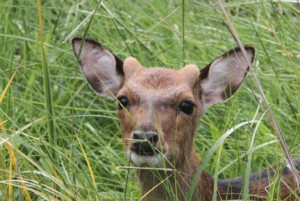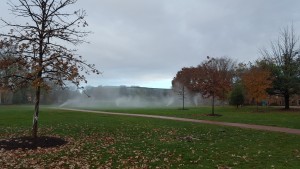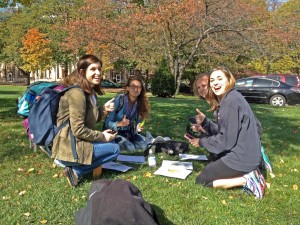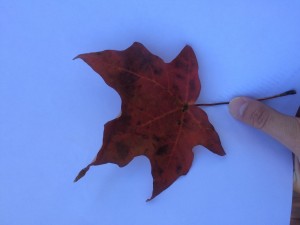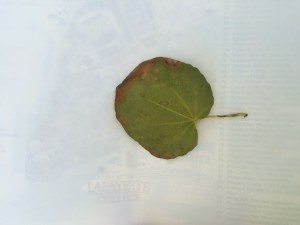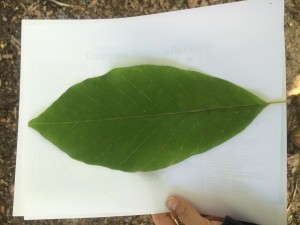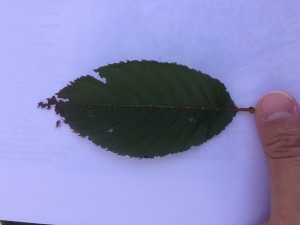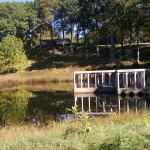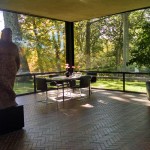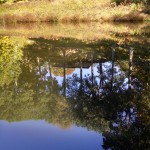As I began our new text by Jim Sterba, Nature Wars, the following passage stood out to me right away:
“Connecticut bears were judged to be all but extinct after one was shot in 1819, the last known bear killing of the nineteenth century. By 1986, a few bears had ventured down from Massachusetts, hiding out in the hills and hollows in the northwestern corner of the state. The population has since grown to an estimated five hundred, and they have turned up as far south as Stamford and Greenwich.” (xiii)
This reminded me of the frequent news stories in my hometown over the summer as bears were spotted with greater frequency than I can recall in a single summer. I have not personally seen one, but I know plenty of people who have seen a bear in the backyard, which was previously almost unheard of. Here is an article about the many sightings: http://patch.com/connecticut/oxford-ct/how-many-bear-sightings-have-been-reported-oxford-0
In the time span of a year, over 4000 bear sightings have been reported across the state. In that same time span, about 35 were from my small hometown alone, while some towns had hundreds of sightings. The article makes a note that relates directly to the passage above: “At one time bear sightings were uncommon outside of the northwest corner, but corridors of wooded areas have made it easier to bears to travel to different parts of the state.” The drastic increases in these bear sightings during more recent years is something that has personally affected many people in the state. People, such as my mother, worry about whether to continue to hang bird feeders or whether to let pets roam unsupervised for even a few minutes. It was interesting to see a point so close to home in the beginning of this new text, so I am excited to see how else I can relate to this book.

